A witness to a marriage filled with promises and hope, this armoire was meticulously sculpted by a skilled cabinetmaker. The floral motifs—roses and the bride’s bouquet—symbolize the couple’s happiness and prosperity, as well as tenderness and marital fidelity. Each door rail, finely adorned with floral scenes, enhances the elegance and uniqueness of this piece.
Its central stile stands out with delicate dentil fluting, adding an extra touch of refinement to the ensemble. This sculpted detail, characteristic of Normandy craftsmanship, subtly emphasizes the symmetry and harmony of the façade.
Placed in the bridal chamber of a beautiful Anjou residence, the armoire carefully housed the finest embroidered linens and the bride’s personal belongings. It remained in the family for generations, proudly passed down from mother to daughter, playing an essential role: safeguarding, behind its two lockable doors, the family’s cherished memories and treasures.
Its interior, consisting of three shelves, is ideal for storing delicate linens, precious objects, and keepsakes. The armoire rests on “snail feet,” a distinctive feature of Normandy furniture, and its back panel is entirely made of solid wood, ensuring robustness and longevity. It was assembled using the traditional mortise-and-tenon technique, guaranteeing remarkable solidity. Fully demountable, it was designed for easy transport and reassembly without compromising its stability—an invaluable feature for antique furniture of this scale. The original lock and key remain in perfect working order, testifying to the quality of the craftsmanship.
Recently aerogummed—a gentle cleaning process that preserves the wood while revealing its original patina—and carefully cleaned, this armoire showcases the richness of its wood and the finesse of its carvings. While preserving its authenticity and history, it is now ready to begin a new chapter. It could seamlessly integrate into a modern interior, adding warmth and elegance with its timeless character.
Ready to create new memories, this armoire continues to embody a living heritage—a symbol of continuity and transmission for future generations.












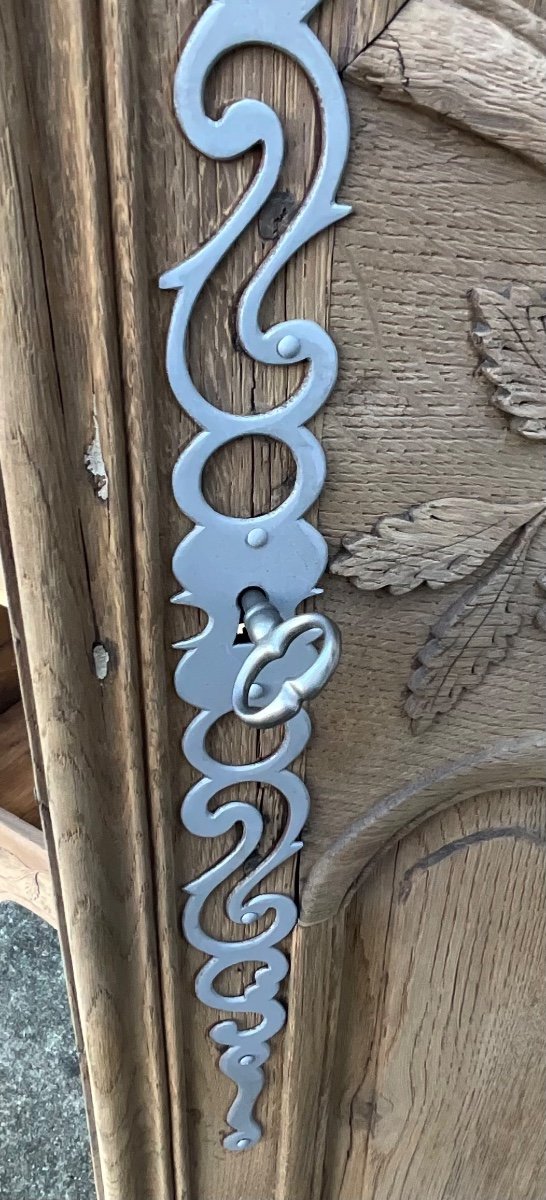














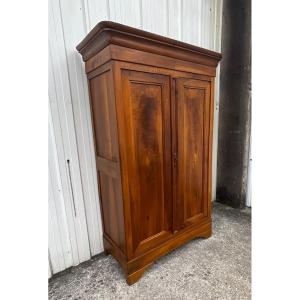





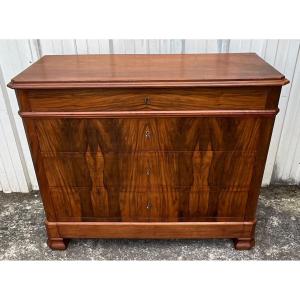








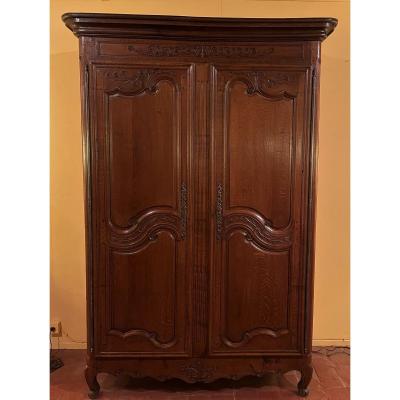
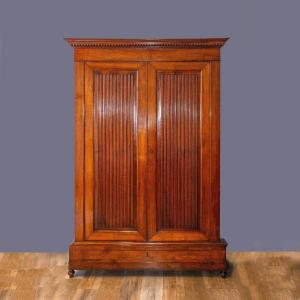
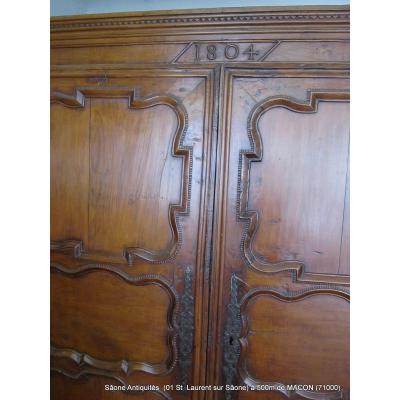

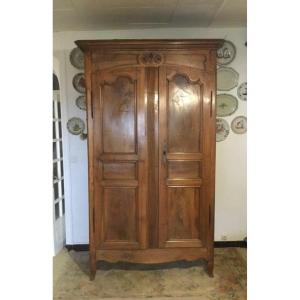



 Le Magazine de PROANTIC
Le Magazine de PROANTIC TRÉSORS Magazine
TRÉSORS Magazine Rivista Artiquariato
Rivista Artiquariato